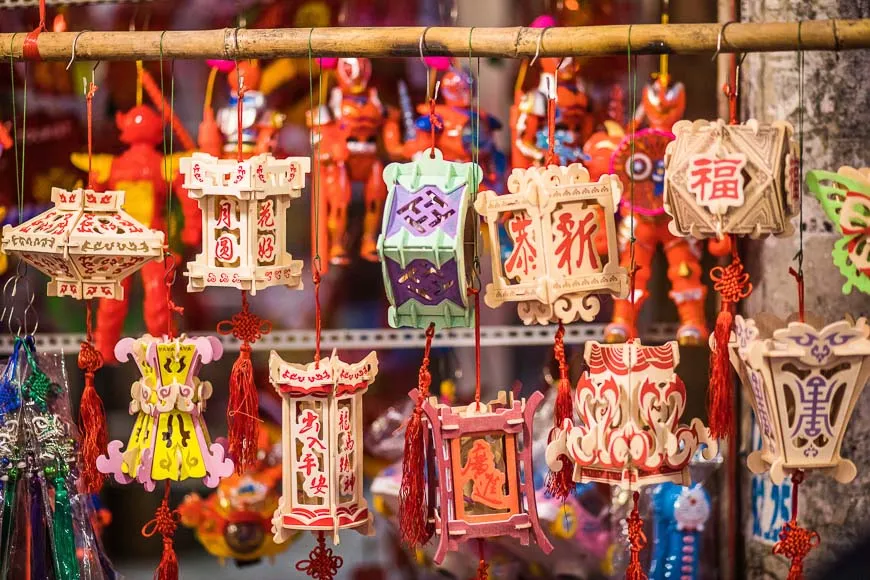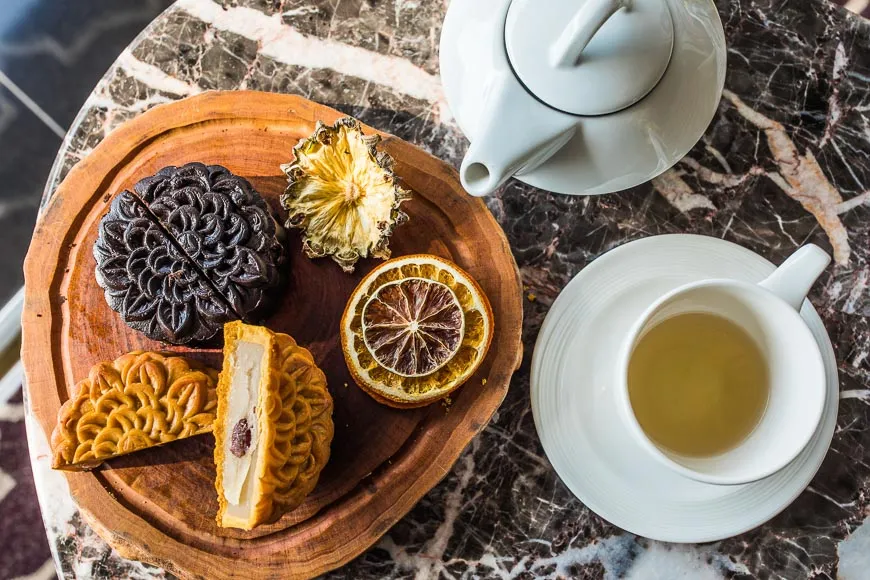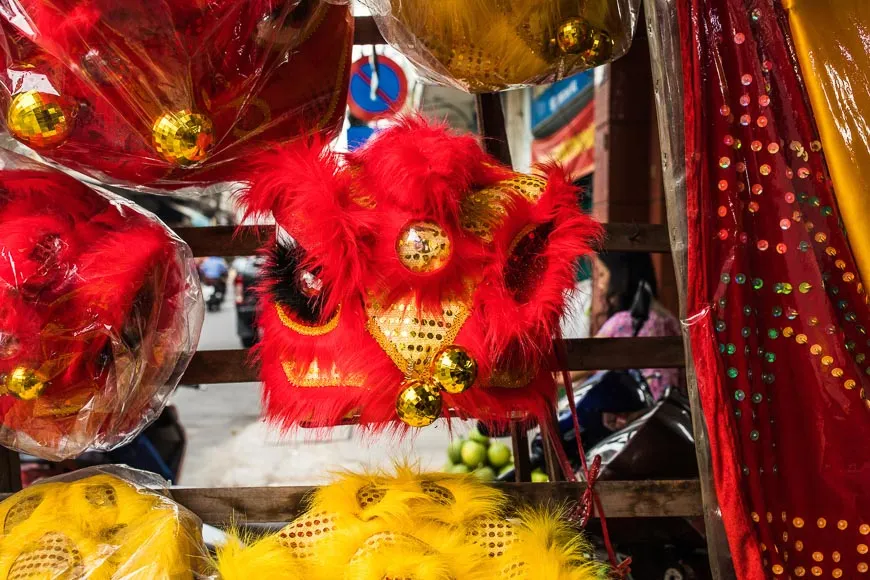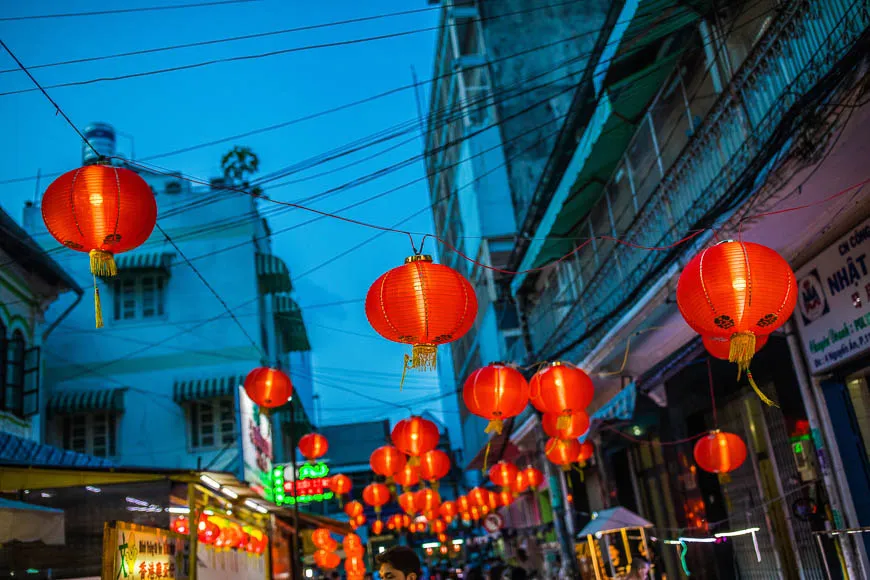For many Vietnamese, the Autumn Festival In Vietnam, also known as Tết Trung Thu or the Mid-autumn Festival, is synonymous with cherished childhood memories – bright lanterns, vibrant lion dances, and the sweet indulgence of mooncakes. Celebrated in the middle of the eighth lunar month, this “Children’s Festival” transforms streets and homes into scenes of lively festivities, with preparations often beginning weeks in advance, building anticipation for the main event under the full moon.
Understanding the Autumn Festival In Vietnam: Origins and Meaning
 Children holding lanterns during the Autumn Festival In Vietnam parade
Children holding lanterns during the Autumn Festival In Vietnam parade
While its roots are shared with other Asian nations, the Autumn Festival In Vietnam boasts unique traditions and folklore. A beloved legend tells of Cuội, a man who floated to the moon holding onto a magical banyan tree. Look closely at the full moon, and you might just see his shadow seated beneath the tree. Children’s lantern parades on the festival night are said to help light Cuội’s way back to Earth.
The festival also holds deep significance as a celebration of the harvest. For a nation with a strong agricultural heritage, Tết Trung Thu marks a joyful time when the demanding harvest season is complete, offering families a chance to gather, rest, and express gratitude for the bounty of the land. It’s a moment of communal celebration and reconnection.
Anticipation Builds: Preparations for the Autumn Festival In Vietnam
Weeks before the Autumn Festival In Vietnam arrives, the atmosphere begins to buzz. The rhythmic beats of drums signal groups of lion dancers honing their skills on street corners, their energy infectious. Temporary stalls seemingly pop up overnight on sidewalks, laden with elaborately decorated boxes showcasing a dazzling array of mooncakes, each promising a unique flavor experience within.
Cities and towns join the collective excitement, with districts bustling with preparations. Toys, masks, and, most notably, lanterns fill the markets. The iconic star lantern, crafted from red cellophane, is a ubiquitous symbol of the season. These radiant lanterns are readily available for sale on streets across Vietnam in the days leading up to the festival night, adding to the festive visual tapestry.
Savoring the Flavors: Mooncakes of Autumn Festival In Vietnam
 A variety of traditional Vietnamese mooncakes displayed for the Autumn Festival In Vietnam
A variety of traditional Vietnamese mooncakes displayed for the Autumn Festival In Vietnam
At the heart of the culinary traditions for the Autumn Festival In Vietnam are the mooncakes. Families honor their ancestors by placing a tray laden with five types of fruit and these special cakes on their ancestral altar, offering prayers and showing respect before the family gathers, often outdoors under the moonlight, to share and enjoy the treats.
Mooncakes come in distinct shapes, typically round or square, adorned with intricate molds depicting flowers, fish, or geometric patterns. The two main types are bánh dẻo, a soft, white, glutinous rice cake with a chewy texture similar to mochi, and bánh nướng, a baked cake featuring a rich, golden-brown crust made from wheat flour.
The variety of fillings is truly astonishing, spanning both sweet and savory profiles. Common sweet fillings include lotus seed paste, red bean paste, and various fruits, often containing a salted egg yolk centerpiece symbolizing the moon. Savory options might feature mixed nuts, meat, or even seafood. Exploring the different flavors is a delightful part of the Autumn Festival In Vietnam.
Whether purchased as gifts for family and friends or enjoyed personally, mooncakes are an essential sensory experience of the season. Their richness and diversity reflect the abundance of the harvest and the warmth of family gatherings.
The Heart of the Celebration: Activities on the Night of Autumn Festival In Vietnam
On the night of the full moon, the culmination of the Autumn Festival In Vietnam unfolds with joyous street activities. Children become the stars of the evening, parading through their neighborhoods holding their brightly lit lanterns, their voices ringing out with traditional festival songs they’ve known since early childhood.
Guiding the processions is often a dancer wearing a large, smiling, round mask – the Ông Địa, or Earth God. Symbolizing the fertility and bounty of the earth, his comical movements and cheerful demeanor encourage the lion dancers and bring smiles, especially to the faces of the children. His presence adds a touch of lighthearted fun and reminds everyone to be thankful for nature’s gifts during the Autumn Festival In Vietnam.
Rhythmic Beats: The Art of Lion Dancing at Autumn Festival In Vietnam
 Energetic lion dance performance during the Autumn Festival In Vietnam celebrations
Energetic lion dance performance during the Autumn Festival In Vietnam celebrations
Múa lân, or lion dancing, is an indispensable and exhilarating part of the Autumn Festival In Vietnam. The anticipation builds as the distinct, powerful drumbeats resonate through the air, signaling the approach of the mythical creature. Children gather, clutching their red star lanterns, their excitement palpable.
As the drumming intensifies, a vibrant, sinuous lion bursts into courtyards or open spaces. Borne by a team of skilled acrobatic dancers, the lion’s large head and expressive eyes are both impressive and playfully intimidating. The dancers perform dynamic, often humorous, movements, lunging towards the cheering crowd, eliciting squeals and laughter from the younger onlookers.
Under the soft glow of the full moon, the lion’s sequined body shimmers as it performs its captivating dance. This spectacular performance is a highlight for Vietnamese children during Trung Thu, symbolizing good luck and chasing away evil spirits, adding a layer of cultural depth to the joyous atmosphere of the Autumn Festival In Vietnam.
Where to Experience the Autumn Festival In Vietnam
 Lanterns illuminate a street scene during the Autumn Festival In Vietnam
Lanterns illuminate a street scene during the Autumn Festival In Vietnam
Experiencing the Autumn Festival In Vietnam firsthand is a memorable travel opportunity. Several cities offer particularly vibrant celebrations, each with its unique charm.
In Hanoi, the Old Quarter becomes a hub of activity in the days leading up to the festival. Streets like Hàng Mã and Lương Văn Can overflow with stalls selling an incredible variety of toys, masks, and, of course, lanterns of all shapes and sizes. It’s the perfect place to soak in the festive atmosphere and pick up souvenirs. For a glimpse into traditional craft-making, a visit to 87 Mã Mây often showcases artisans preparing festival items. On the festival eve, the Youth Theatre and Children’s Palace host special performances for children.
Hội An, already famous for its monthly full moon lantern festivals, elevates its celebrations for the Autumn Festival In Vietnam. The Ancient Town restricts motorized traffic, allowing locals and visitors to wander freely, absorbing the sights and sounds. Lion dance troupes perform throughout the streets, especially in front of pagodas and businesses. The banks of the Thu Bồn River become a lively scene with music, traditional performances, and floating lanterns, while altars are set up outside homes in the surrounding countryside.
Ho Chi Minh City also offers exciting festivities, particularly in the bustling Chợ Lớn (Chinatown) area. Lương Như Hộc Street is renowned for its dazzling display of lanterns, masks, and lion heads lining the sidewalks – a fantastic spot for photos and shopping for festival decorations or a miniature lion head souvenir. A visit to long-standing shops like the one at 109 Triệu Quang Phục Street, which has supplied lion heads to performers for generations, offers a glimpse into the dedication behind the tradition.
Frequently Asked Questions About Autumn Festival In Vietnam
What is the Autumn Festival In Vietnam?
The Autumn Festival In Vietnam, or Tết Trung Thu, is a traditional celebration held on the 15th day of the eighth lunar month. It’s a time for family reunions, giving thanks for the harvest, celebrating children, and enjoying mooncakes and cultural activities like lion dancing and lantern parades.
What to Eat in Fort Worth – A Culinary Deep Dive
11 Must-Visit places to go in nevada for Your 2025 Trip
12 Unforgettable Fun Things to Do in Vegas for Couples
Why is it called the Children’s Festival?
Tết Trung Thu has become particularly associated with children. It’s a time when parents buy them toys, lanterns, and masks, and they participate in parades and watch exciting lion dances. Historically, it was a rare time for parents, busy with the harvest, to spend quality time playing with their children.
What are Vietnamese mooncakes made of?
Vietnamese mooncakes typically consist of a thick crust and a rich filling. The two main types are bánh nướng (baked cake) with a wheat crust and bánh dẻo (sticky cake) made from glutinous rice flour. Fillings vary widely, including lotus seed paste, red bean paste, various fruits, nuts, and often contain one or more salted egg yolks. Savory options with meat or mixed ingredients are also popular.
Conclusion
The Autumn Festival In Vietnam is a captivating blend of tradition, family warmth, culinary delights, and vibrant community celebrations. From the mythical tales and the aroma of mooncakes to the energetic lion dances and the magical glow of lanterns, it offers a truly immersive cultural experience. If you have the chance to visit Vietnam during this time, embrace the opportunity to witness the country come alive with festive spirit and create your own unforgettable memories of this special holiday.
